Blue Star Juniper – Tree Form
$109.50 Original price was: $109.50.$76.65Current price is: $76.65.
- Free Shipping over $25
- Fast & reliable delivery options
- Enjoy top quality items for less
- Multiple safe payment methods

Trees of all shapes and sizes have more than just a visual impact on your property; they are beneficial to the environment in ways that you might not have taken into consideration when planning your garden. Trees provide oxygen as well as filtering out harmful pollution from the air we breathe. They provide shade in the summer and breaks from icy cold winds in the winter, both of which can also save you money by reducing your cooling and heating costs. Their strong root systems also prevent soil erosion on sloping ground or locations close to running water. These roots also helps maintain moisture levels in the ground around them, ensuring that other nearby plants are getting enough water to thrive. On top of all these great environmental impacts, their visual appeal can also increase the value of your property by boosting its “curb appeal” and making your home more attractive to potential buyers.
The compact dwarf juniper Blue Star is native to many locations throughout the world but is found mostly in the southwestern parts of China, northeastern Afghanistan and the Himalaya mountains. Larger than its smaller shrub counterpart, the tree form of the Blue Star can reach heights of up to six feet with a generous spread of around four feet. As a slow grower it will take longer to reach its mature height than other smaller trees, but the wait for its full size is definitely worth it.
Growing Blue Star Juniper Trees
Growing upright on a single trunk, the Blue Star has a tight rounded crown packed with small bursts of silvery blue needles. Selected from other Blue Stars, the tree versions are specially trained to grow upright and maintain a top heavy crown whereas the shrub form prefers to branch out and grow closer to the ground. Small seed-like cones grow practically all year round and contain a single seed. The cones take about a year and a half to fully mature before shedding their pollen in the following spring. Blue Star is an evergreen tree and will hold its color all year round. The continuous interest provided by this tree ensures a colorful visual and vertical aspect through some of the dreariest days.
Hardiness
Hardy to some of the colder locations in North America, the Blue Star is best suited for climates in USDA plant hardiness zones 4 through 8. Moderate climates are preferable as the tree does not tolerate extreme heat and high humidity very well. The cold winters of Montana and Minnesota don’t bother it one bit and they are quite happy into the northern parts of most of the Southern states.
Planting Location
Considering this is a small tree, it is quite versatile and can be used in a variety of situations around your garden. It is also content being planted in a large container and used indoors in conservatories or atriums that receive a lot of sunlight. Too much shade can stunt the tree and reduce its growth potential, however. Avoid planting it underneath taller trees that will inhibit the sun from reaching it.
Blue Star is best used as a central focal specimen or surrounded by smaller plants that can accent the unique beauty of the tree. Blue Star is also one of the more adaptable junipers thanks to the fact that it tolerates most soil types and establishes itself quite quickly. Adequate water will prevent damage during drought periods. Good drainage is also required if you live somewhere that tends to get heavy rainfalls.
Pruning and Trimming
Blue Star in tree form will require a little more attention than the shrub form of this juniper. Since it has been trained to grow upright with a slender trunk, you will want to pinch off any new growth that appears further down from the crown of foliage. Removing any branches that are dead or appear to be dying will also encourage new growth to fill in the bare space left behind. Blue Star tolerates pruning well and you may want to consider occasional trims to shape the crown, helping to maintain a tight orb appearance.
Pests and Diseases
The Blue Star Juniper doesn’t suffer from any major insect or disease problems, but there are some minor nuisances you will want to keep an eye out for. Bagworms can be bothersome to the tree and, in hotter locations, spider mites are attracted to it. Fungal diseases are also an issue in a hot climate but as with all minor issues, early intervention can prevent them from becoming too troublesome.
Adding Blue Star Juniper Trees to Your Property
The Blue Star juniper is bound to create a one-of-a-kind focal point in your landscape design. The possibilities for its uses and how you design around it are endless. Dwarf trees like this one are ideal choices for spaces that are slightly restricted either in width or height. Combine it with colorful low growing flowering shrubs like the azalea and you are sure to create a truly impressive visual element.
Be the first to review “Blue Star Juniper – Tree Form” Cancel reply
Related products
Evergreen Trees
Evergreen Trees
Arborvitae Trees
Evergreen Trees
Evergreen Trees
Evergreen Trees
Cedar Trees
Evergreen Trees


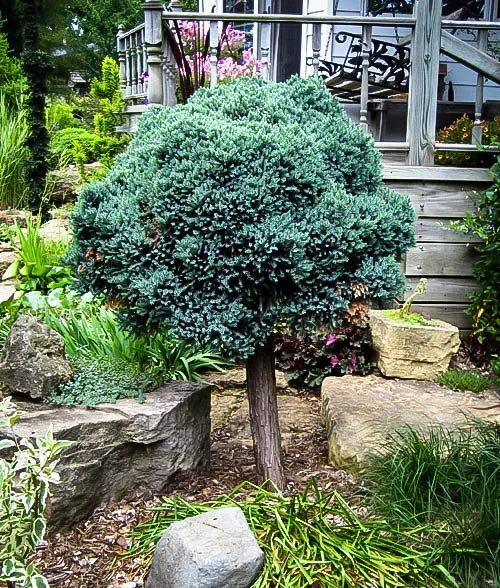
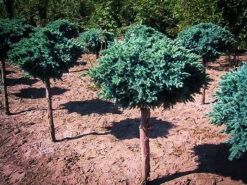




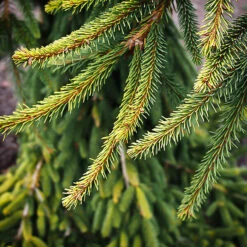
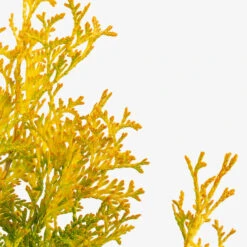
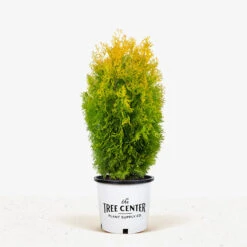
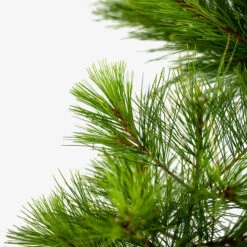
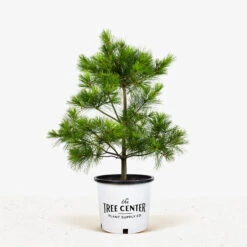
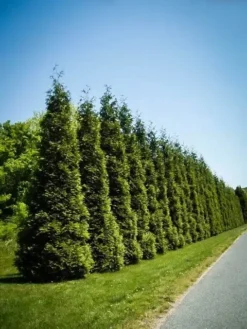
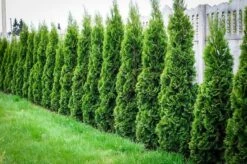
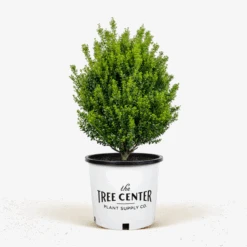

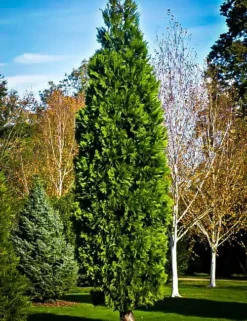
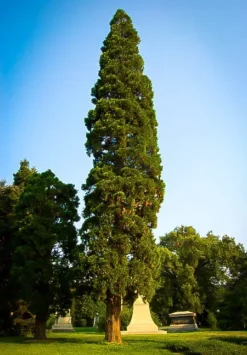
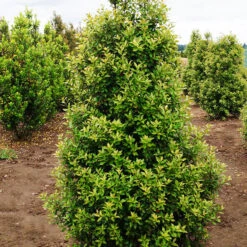

Reviews
There are no reviews yet.